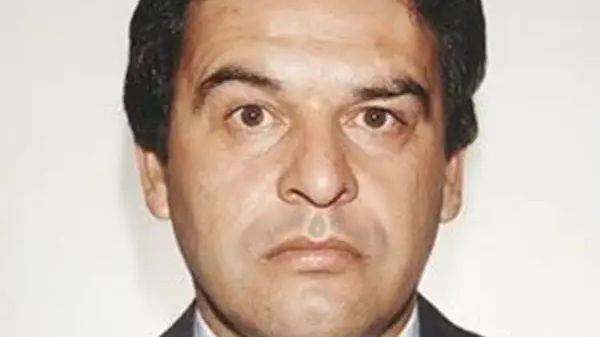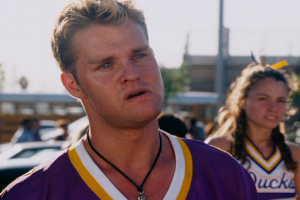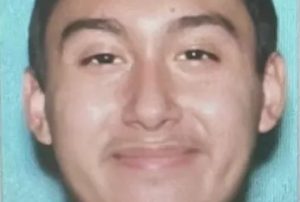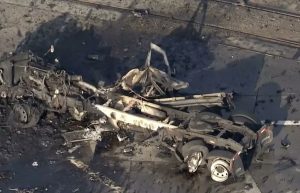Enrique “Kiki” Camarena Salazar was a United States Drug Enforcement Administration intelligence officer (DEA). Camarena was kidnapped in Guadalajara, Mexico, in February 1985 by drug traffickers. He was tortured and murdered while being interrogated.
Also read: Mexico captures FBI’s most wanted, infamous drug lord Rafael Caro Quintero
Three Guadalajara drug cartel executives were later convicted in Mexico for Camarena’s murder. The investigation into Camarena’s murder in the United States resulted in ten more trials in Los Angeles for other Mexican nationals engaged in the killing.
The case continues to strain relations between the United States and Mexico, most recently when one of the three convicted traffickers, Rafael Caro Quintero, was freed from a Mexican prison in 2013. Quintero was apprehended once more on July 15, 2022.
Family, education, and early career
Enrique Camarena was born on July 26, 1947, in the Mexican border town of Mexicali. Camarena’s family—three brothers and three sisters—moved to Calexico, California, when she was a toddler. Camarena’s parents split when he was young, and the family suffered from severe poverty following their relocation.
Eduardo, his eldest brother, joined the Marines and was killed in Vietnam in 1965. Ernesto, his other sibling, had a terrible police record, including drug difficulties. Camarena graduated from Calexico High School in 1966, despite her family’s struggles.
Also read: Who is Rafael Caro Quintero?
Camarena joined the Marines after graduating from high school. He returned to Calexico and joined the police department after being discharged in 1970. He progressed from ordinary police work to covert narcotics work as a Special Agent on the Imperial County Narcotic Task Force (ICNTF).
The Drug Enforcement Administration (DEA) soon launched a hiring programme for Spanish-speaking agents after it was established in 1973. Camarena and his sister Myrna both joined the DEA in 1973, Myrna as a secretary and Enrique as a special agent in the Calexico resident office.
Time in Mexico and death
Drug trafficking was on the upswing in Mexico by the time Camarena arrived in Guadalajara in the summer of 1980.
The airborne spotting and eradication advocated by President Echeverra were reduced by Mexican President José López Portillo, and American participation in these missions terminated in 1978. This made it easier for growers to develop the enormous plantations revealed later in the 1980s, but it also made it more difficult to verify that the areas listed had been sprayed.
Also read: Who is Tenoch Huerta, actor who plays Rafael Caro Quintero in ‘Narcos Mexico?’
Furthermore, during the late 1970s and early 1980s, cocaine trafficking in the United States surged significantly, primarily driven by Colombian smugglers, and became a key target of the DEA, making Mexican enforcement a secondary priority.
Eventually, throughout Camarena’s four-and-a-half years in Guadalajara, major traffickers emerged to replace those arrested and executed in the 1970s. Miguel Angel Félix Gallardo, Ernesto Fonseca Carrillo, and Rafael Caro Quintero were among the most well-known.
These three frequently coordinated their production and operations, becoming the nucleus of what became known as the Guadalajara Cartel. All three were subsequently found guilty of their roles in Camarena’s kidnapping and murder.







